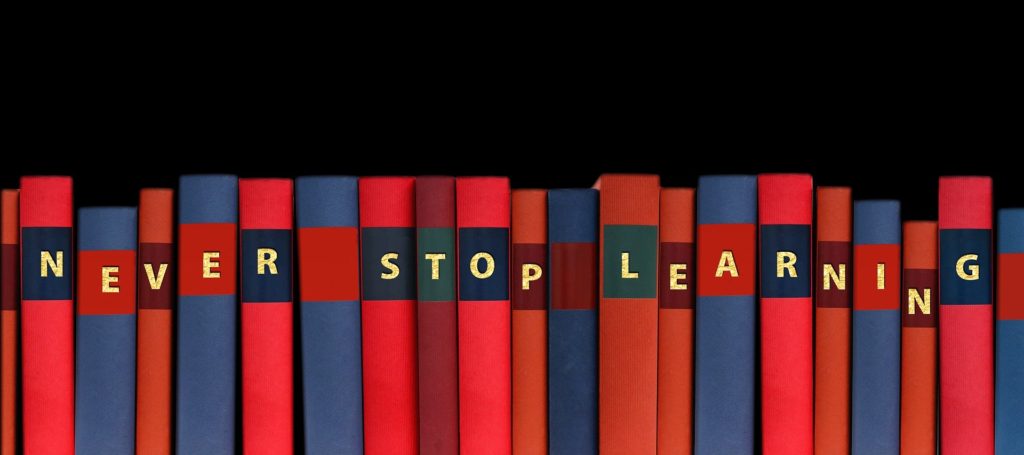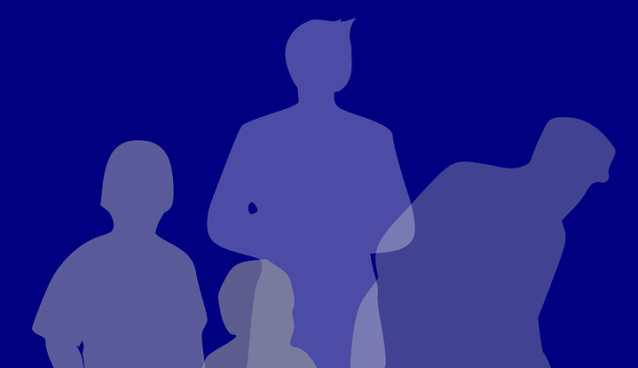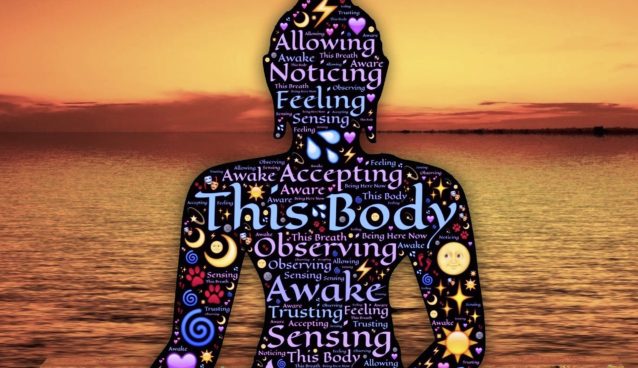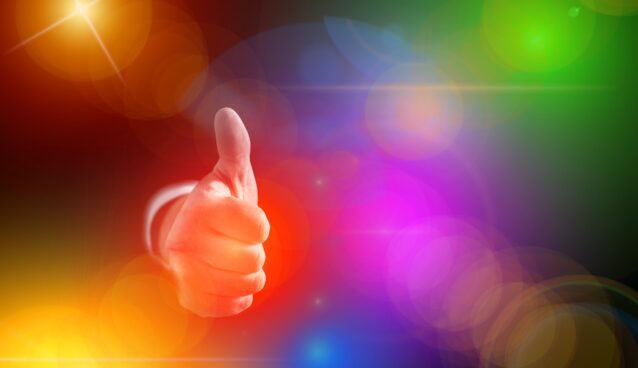Learning

Table of Contents
Introduction
An individual starts learning immediately after his birth or in a strict sense, even earlier in the womb of the mother. Experiences, direct or indirect, is bound to play in moulding and shaping the behaviour of the individual from the beginning.
A child when touches a burning match stick, the child gets burnt, and the next time, when he comes across a burning match stick, he loses no time in withdrawing from it. He learns to avoid not only the match stick but also all other burning things. When this happens, we say that child has learned that if one touches a flame, one gets burnt. In this way conclusions derived from experiences, direct or indirect, bring about a change in the behaviour of the individual. These changes in behaviour bought about by experiences are commonly known as Learning.
The term “Learning” broadly speaking, stands for all those changes and modifications in the behaviour of the individual which he undergoes during his lifetime.
Psychologists Views on Learning
” We may define learning as change in performance through conditions of activity, practice and experience.” – Mc Geoch & Irion
“The term learning covers every modifications in the behaviour to meet environmental requirements.” – Gardner Murphy
” Learning is the acquisition of habits, knowledge and attitudes. It involves new ways of doing things and it operates in an individual’s attempts to overcome obstacles or to adjust to new situations. It represents progressive changes in behaviour. It enables him to satisfy interests to attain goals.” – Crow and Crow
The above definitions reveal the following facts :
- Learning is a process and not a product.
- It involves all those experiences and training of an individual(right from the birth) which help him to produce changes in his behaviour,
- Learning is universal and continuous. Every creature that lives learns. It is a never ending process that extends from the womb to the tomb.
- Learning involves new ways of doing things but there is no limit to adopting these ways and means. All learning does not takes place in the same manner. Therefore, learning as a process is of different types and involves different methods.
In this article, we will discuss the following points in connection with Learning :-
- Characteristics of Learning
- Principles of Learning
- Conditions Affecting Learning
- Modes of Learning
- Approaches to Learning –
– Behaviouristic Approach to Learning
– Cognitive Approach to Learning
– Humanistic Approach to Learning
Characteristics of Leaning
Learning is Goal Directed or Have Purpose
Every human being aspires to achieve some ‘short term’ and ‘long term’ goals. If these goals are stated in a definite manner,learning becomes meaningful and purpose for the learner.
Learning is an Active Process
The learning is a form of ‘Self-Activity’ on the part of the learner, it may intentional, unintentional, controlled and uncontrolled. It continues from to death.
Learning is Individual Specific
The rate of learning differs from person to person. Every learner has his own problem, needs, purposes, aspirations, interests, likes and dislikes. Due to differences in such personality traits, the learners differ in the rate and amount of learning.
Learning is an outcome of Interaction
A learner learns by responding to the total learning situations. In the act of learning all these aspects of a learner’s personality – Physical, Intellectual and Emotional are affected.
Learning is about organising Experiences
Learning is not mere acquisition of knowledge, facts and skills. It is the reorganisation of experiences.
Learning is Adjustment
Learning helps the individual to adjust himself to the new situations. Learner meets new situations every moment gains experiences and adjust himself to the new situations.
Learning is creative synthesis of Knowledge and Experiences
Learning is not merely summing up of previous experience. It is the creative synthesis of knowledge and experiences of the learner.
Learning is Growth
Through learning, the learner gains knowledge and experiences new situations. Through continuous reorganisation of experiences, he adjust himself to new situations. In this way his mental growth happens. Thus learning is growth through experiences.
Principles of Learning
Various theories of learning have been proposed to explain the process of learning. This Stimulus-Response Theory , Cognitive Field Theory have gained popularity.
The principles of learning deduced from these learning theories are as follows :-
Law of Effect
It is also called ‘Law of Satisfaction. According to this principle, when a modifiable connection between a situation and response is made and is accompained or followed by a ‘satisfying state of affairs’, the strength of the link with that situation is increased. When the connection is made in such a way that it is accompained or followed by an ‘annoying state of affairs’. its strength is decreased.
Law of Intensity
The satisfying situation gives pleasure to the learner and thus it rewards him. Greater the reward, the more it facilitates learning i.e. more the reward, stronger is the motivation and stronger the motivation, the faster and surer is the learning.
The time gap between the response and reward is also important in determining the effect of reward on learning. The shorter the time between response and reward, stronger is the learning.
Law of Practice
According to this principle, if the things learnt by the learner are repeated time and again, they gain permanence in the learners’ memory.
Law of Readiness
According to this principle, without a ‘Will’ to learn, there cannot be true learning. This ‘Will’ to learn is the preparedness or readiness of mind. Without the readiness of mind to learn, we cannot expect good results from learning.
Classification of Learning
Learning may be classified depending upon –
(a) the Domain or specific area of the behaviour in which changes are introduced,
(b) in terms of Methods or Techniques that are employed for the introduction of behavioural changes.
Classification of learning based on Domain
(a) Verbal Learning / Verbal Expression
(b) Learning of Motor Skills(Psychomotor) – Walking, Running, Dancing etc.
(c) Affective Learning – Learning of Habits, Interests, Attitude etc.
(d) Cognitive Learning – Learning of Concepts, Principles, Problem Solving etc.
Classification of learning based on Methods & Techniques
(a) Trial and Error Learning
(b) Classical Conditioning
(c) Operant Conditioning
(d) Chain Learning
(e) Shaping
(f) Learning through Generalisation
(g) Learning through Discrimination
(h) Serial Learning
(i) Associate Learning
(j) Insightful Learning
Hierarchical Order of Learning Suggested by Gagne
Gagne (1970) has proposed and adopted an alternative basis for the purpose of classifying learning by taking into consideration a specific hierarchical order of learning.
Gagne classified learning into the following order :-
(a) Classical Conditioning or Signal Learning
(b) Operant Conditioning or S-R learning
(c) Chain Learning
(d) Verbal Associate Learning
(e) Multiple discrimination
(f) Learning of Concepts
(g) Learning of Principles
(h) Problem Solving
Domains of Learning
- Affective Domain
- Psychomotor Domain
- Cognitive Domain



